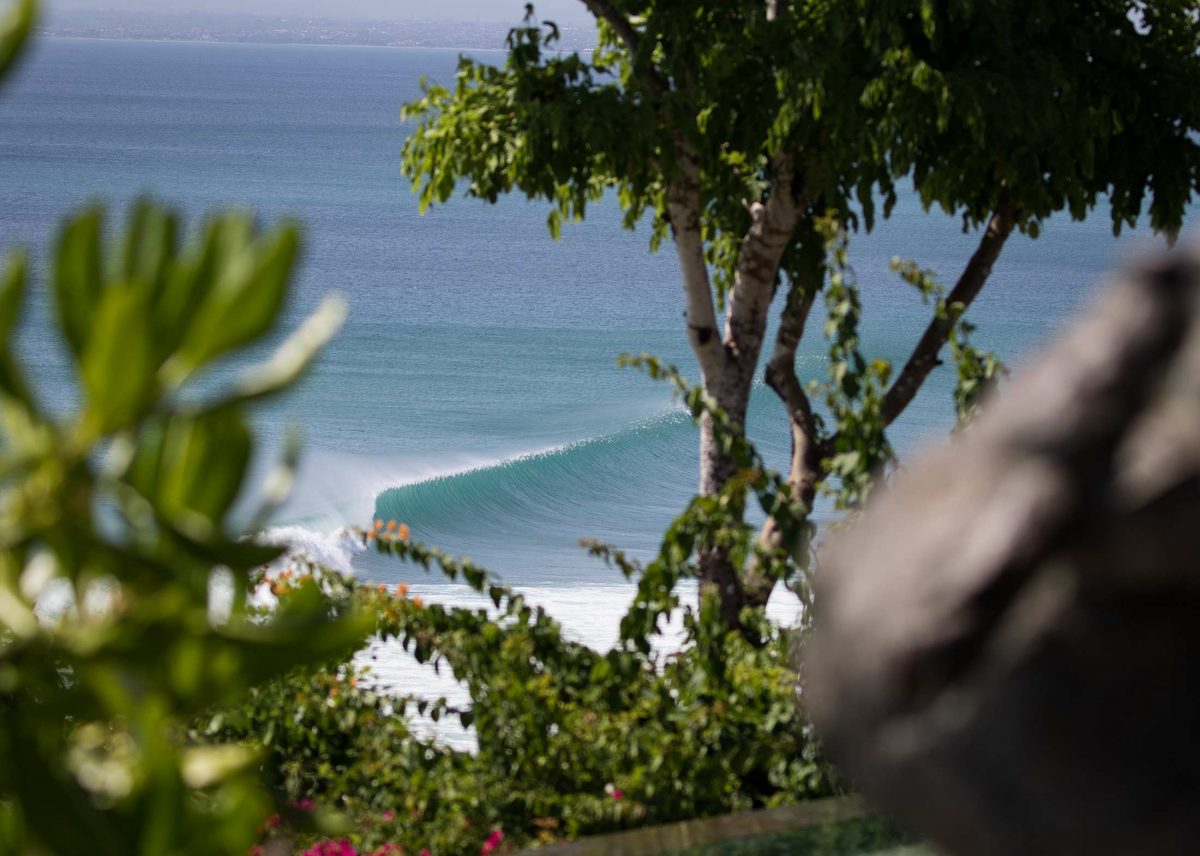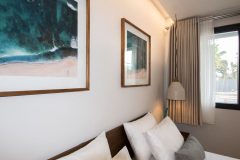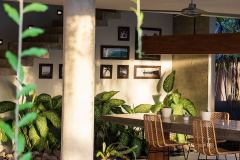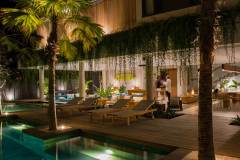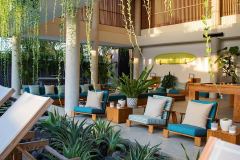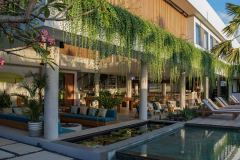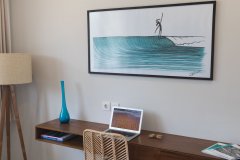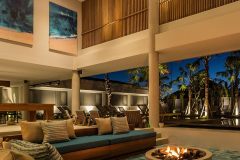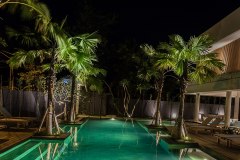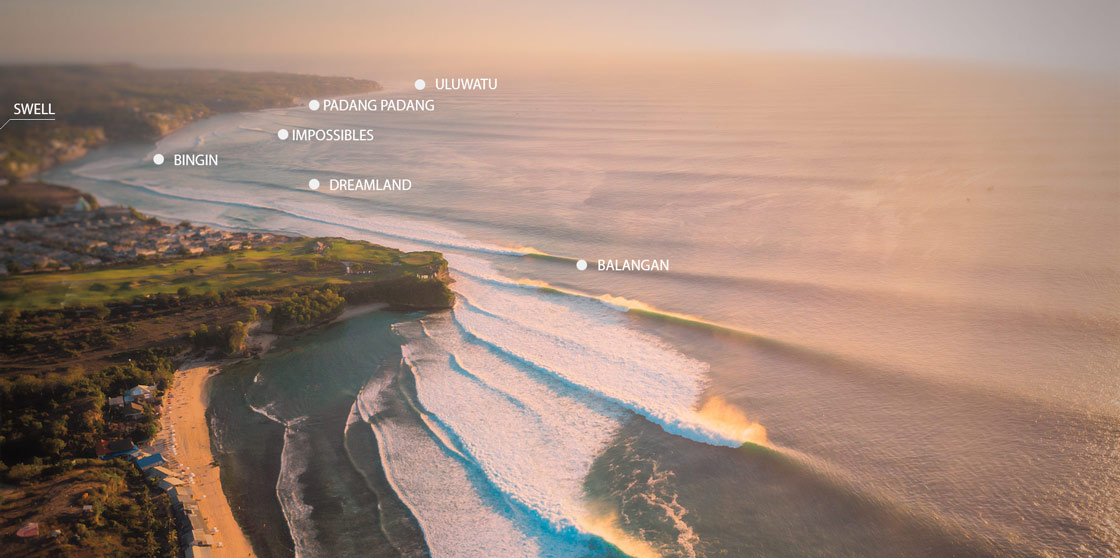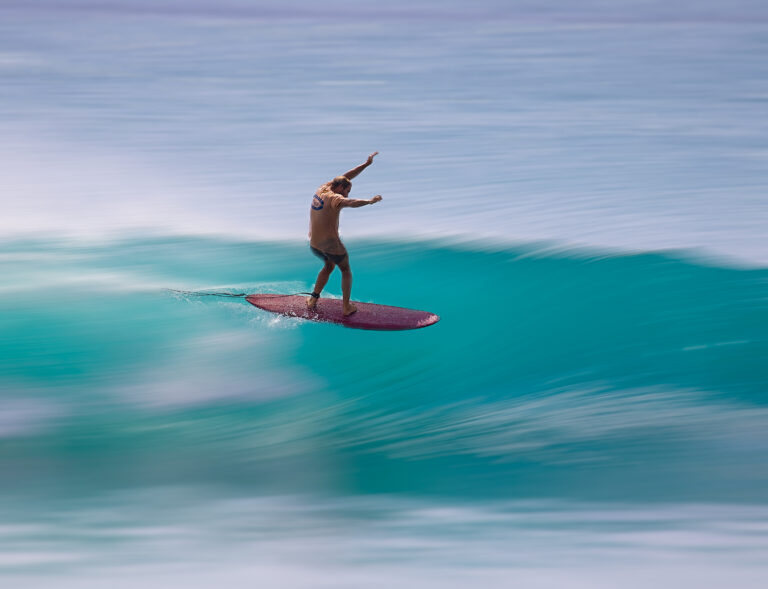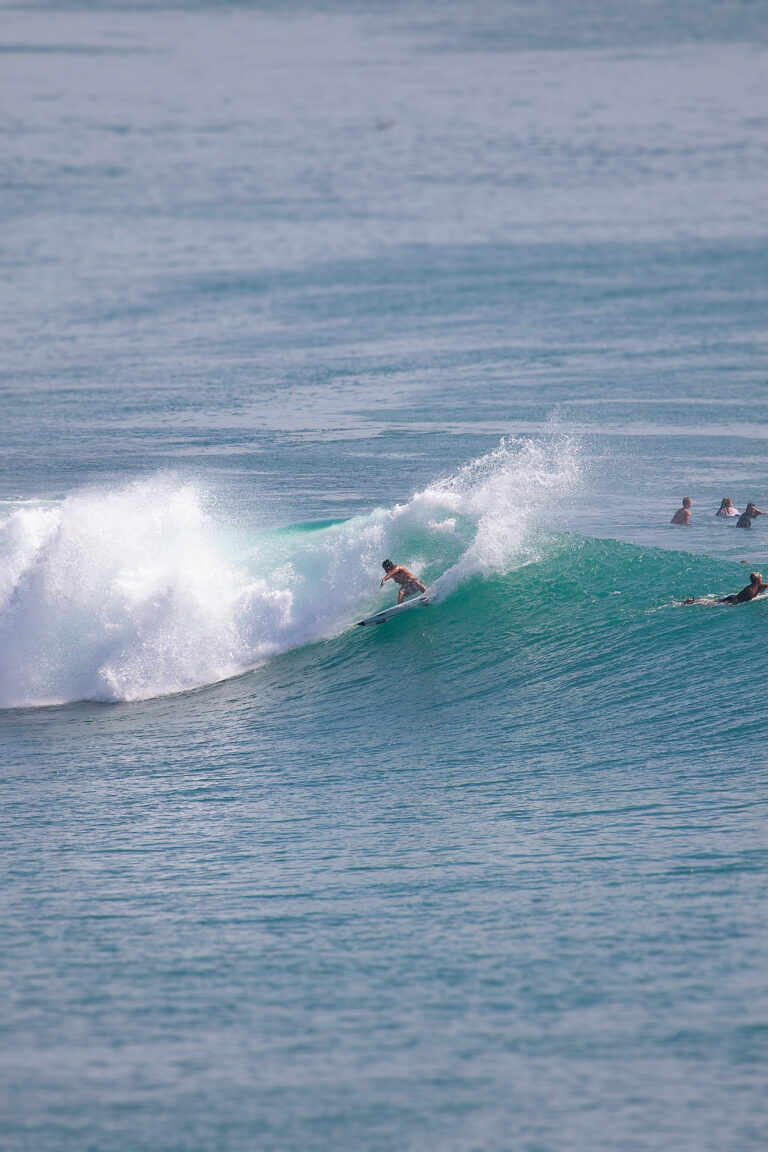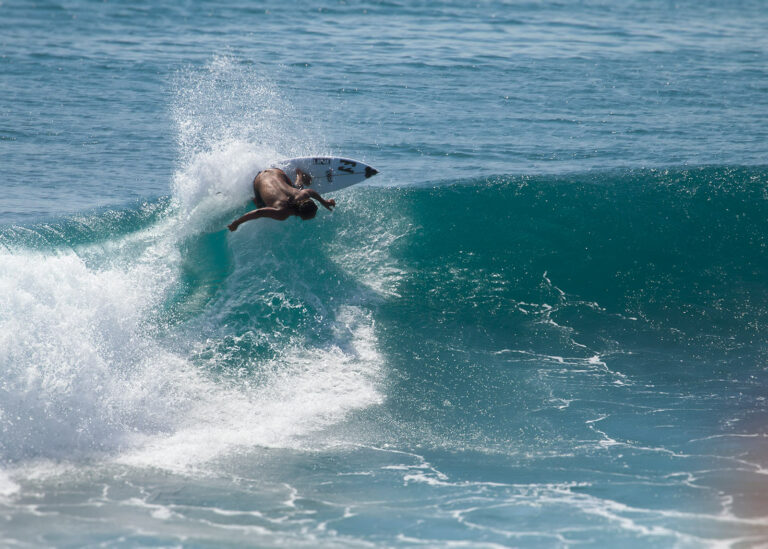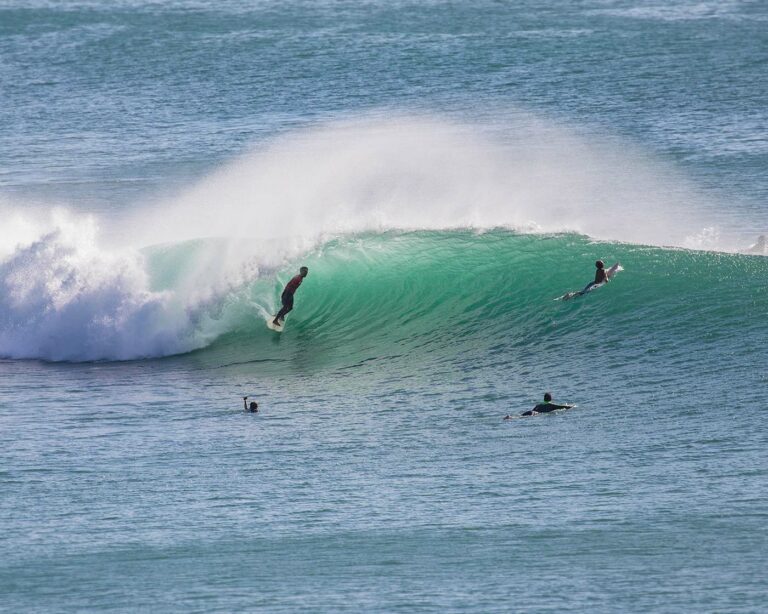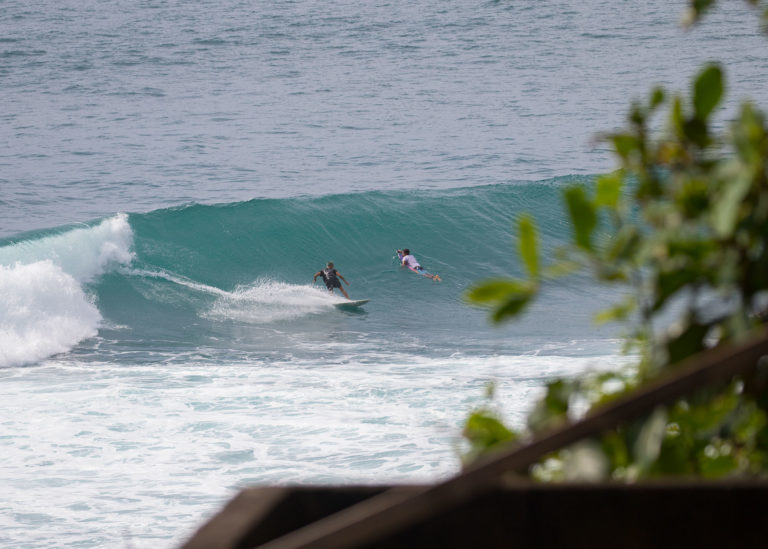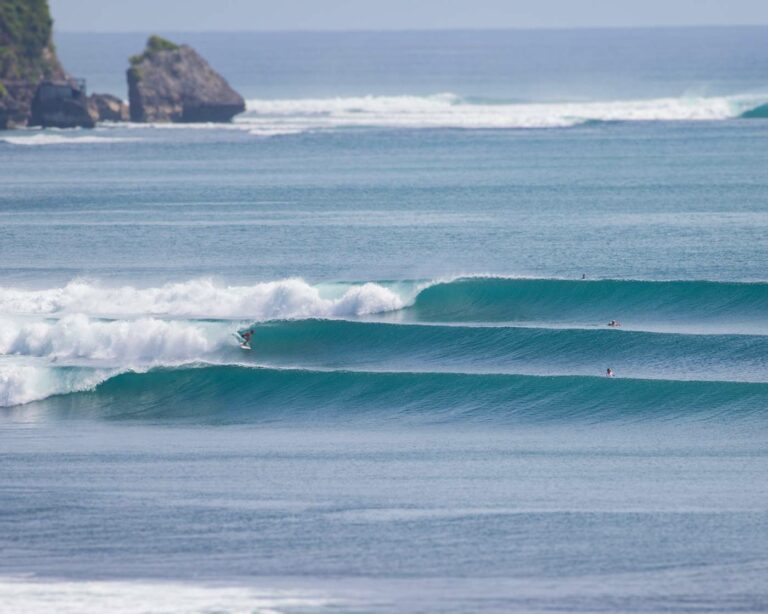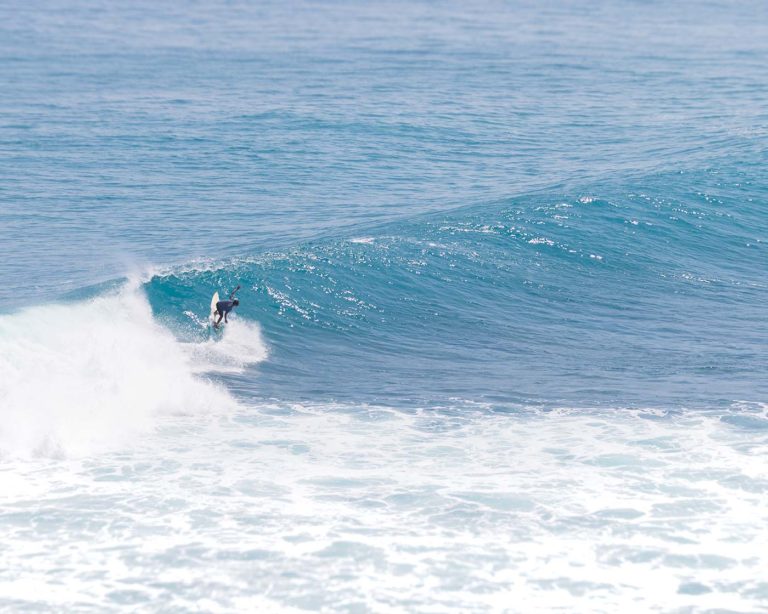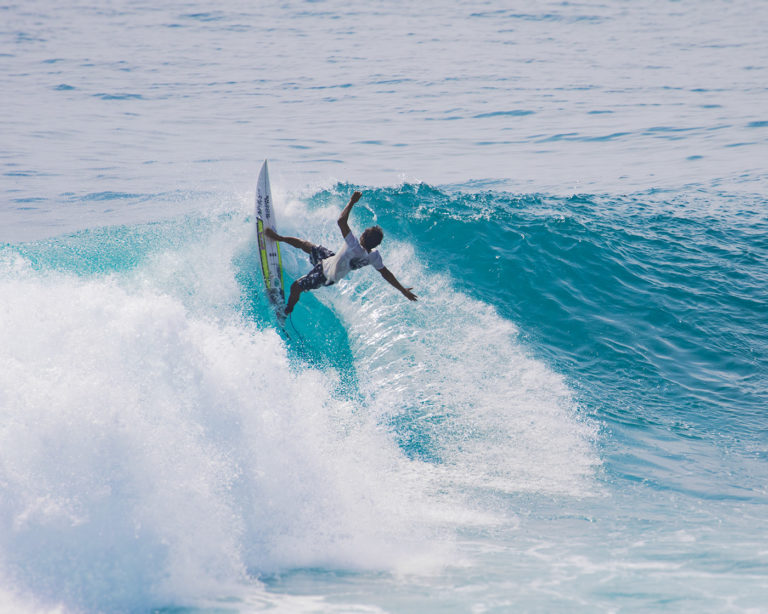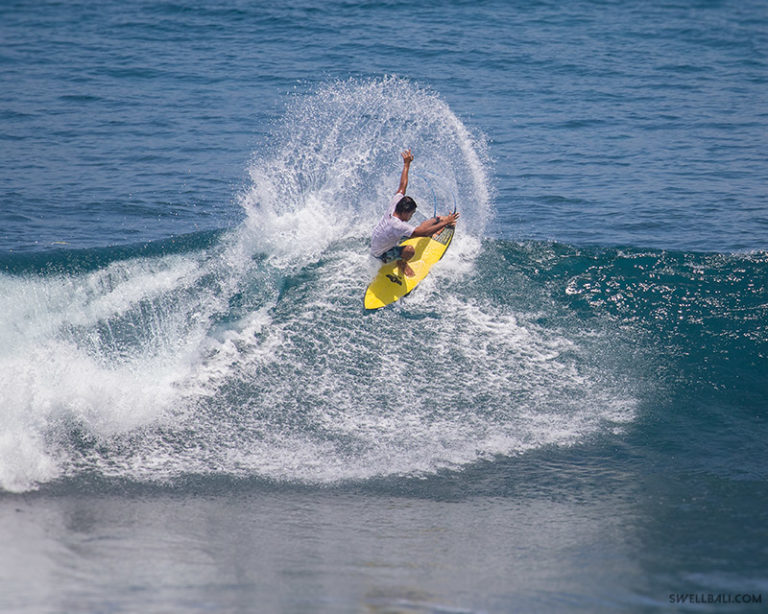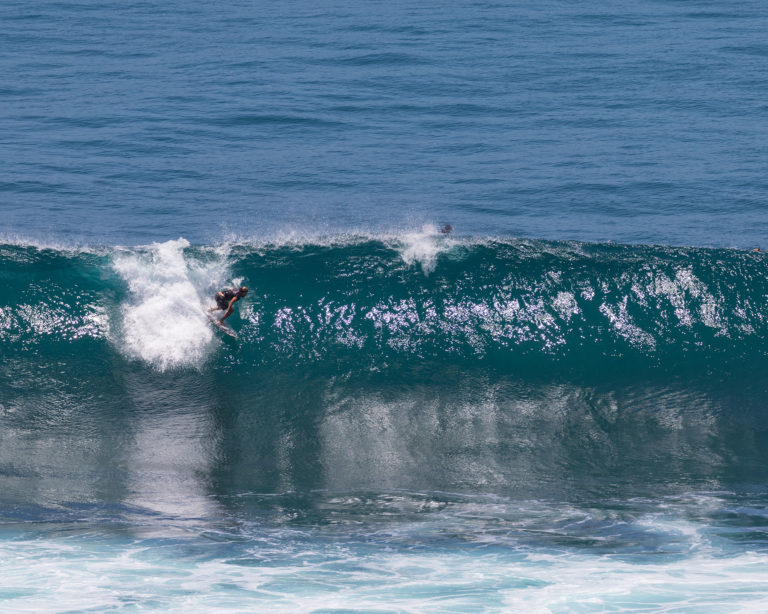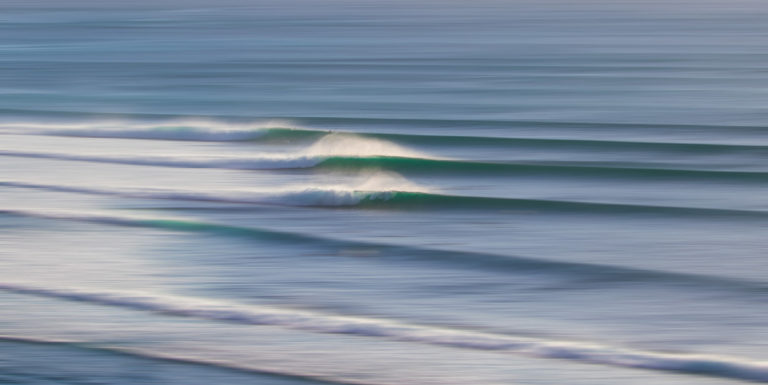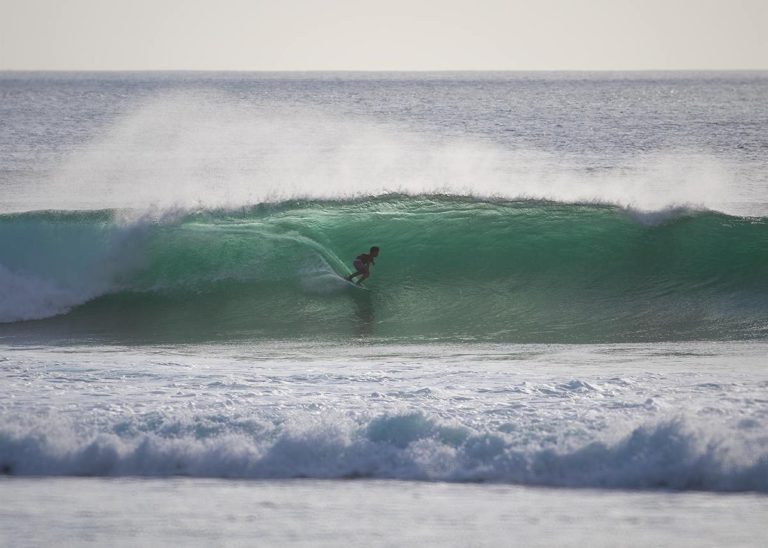The Best Rainy Season Waves in Bali
The surfing mecca of Bali, Indonesia lies on approximately 8 degrees south of the equator, meaning that the climate on the island is warm, tropical, and inviting 365 days a year. That close proximity to the equator, however, also means that Bali does not have traditional seasons. Rather than the Summer, Winter, Spring, and Fall we are all accustomed to, Bali has two distinct seasons; dry season and rainy season. Visiting Bali during either season has its benefits. During the dry season, Bali is warm and dry, you’ll never get caught in the rain.
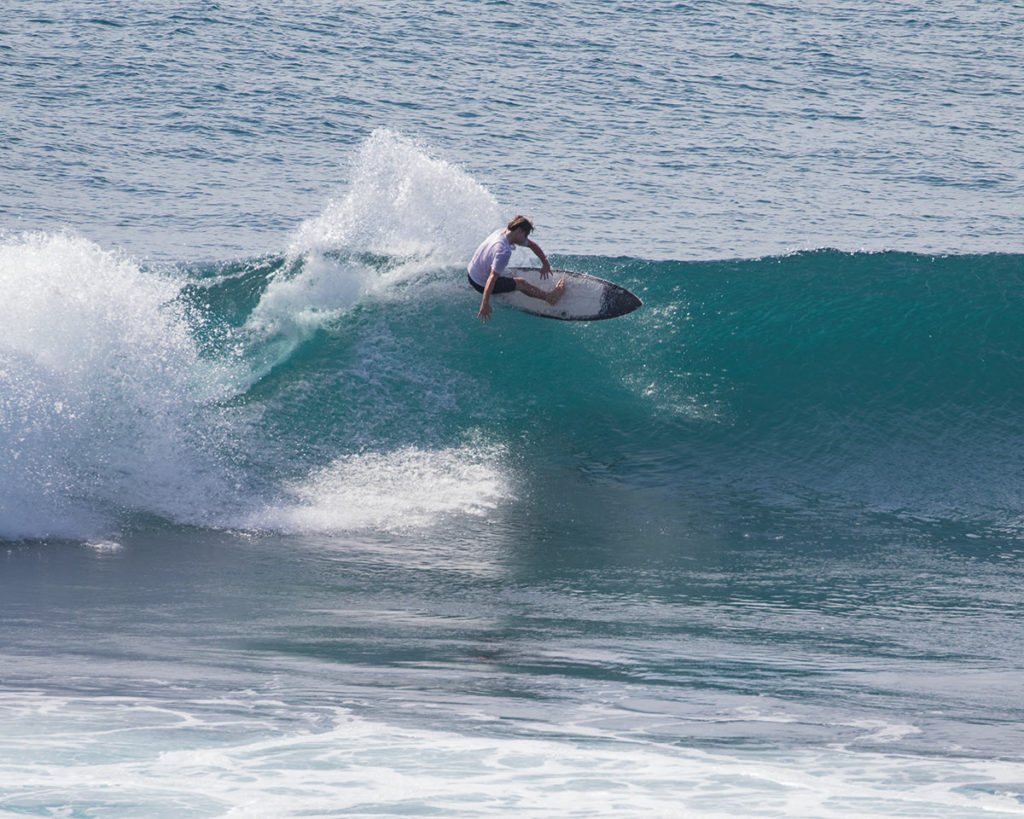
RAINY SEASON SURF SPOTS IN BALI
Additionally, the dry season falls during the most popular travel times—around North American Summer (May, June, July, and August, September), and there are often crowds at surf line ups, restaurants, and other popular tourist attractions. The rainy season in Bali falls between October and March every year. The rainy season is often referred to as off-season because it is not during the peak travel months. The branding of rainy season as off-season is a bit misleading, however.
While the rainy season does indicate that there will be rain, many visitors will be surprised by how much sunshine a rainy season day might have. Rain patterns in Bali are similar to most tropical locations around the world. For a few hours each day during the rainy season, it will rain cats and dogs, and then the sun will be shining high in the sky again. Additionally, the rainy season brings many benefits that travelers might not think about. For starters, during rainy seasons the crowds are thin, including in the lineup. So, if you’re looking to avoid the typical packs of tourists, the rainy season is your best bet. In addition to fewer people, the rainy season brings reduced temperatures. While Bali is always warm, the rain does make the island a bit cooler and a bit more comfortable. And lastly, all of the rain brings out Bali’s best natural wonders. During the rainy season, Bali is green, lush, and full of a dense, exotic jungle.
Now, what about the waves you ask? What are the best surf spots in Bali in the rainy season? During the rainy season, the wind direction changes from east to west, blowing out many of the islands west coast surf breaks. Wave quality, of course, is completely dependent on wind direction and strength. Onshore winds can completely ruin a good swell with chop, while offshore winds will slow down and hollow out waves. Fear not, rainy season wakes up plenty of Balinese surf breaks that will have you surfed out and satisfied by the end of your trip.
1. Green Bowl
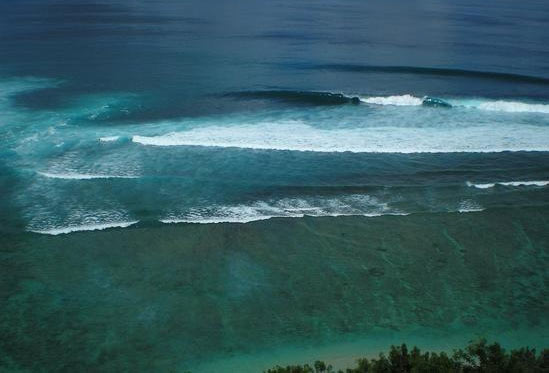
Green Bowl, a south facing surf spot with a unique history, tops off our list for rainy season waves in Bali. The journey to catch your first wave at Green Bowl is an arduous one. The break sits below towering cliffs and surfers must descend hundreds of stone steps to paddle out.
Green Bowl used to be known as “Green Ball” and was a so-called “secret spot” for Bali locals during the rainy season. The spot remained relatively uncrowded as Bali grew into an international travel destination until a resort was built on the clifftop that had an accompanying elevator to the beach.
The resort has since closed, and the lift to the beach with it, and Green Bowl has returned to a more secluded state.
The wave itself is a fast-paced, forceful right-hander that rolls over the reef and walls up nicely. Be advised that Green Bowl has one of the strongest rip currents in Bali that makes it difficult to stay in position. The wave is best in the morning before the wind starts up.
The strong rip current, exposure to trade winds, and razor-sharp reef make Green Bowl an intermediate and advanced surfer’s wave.
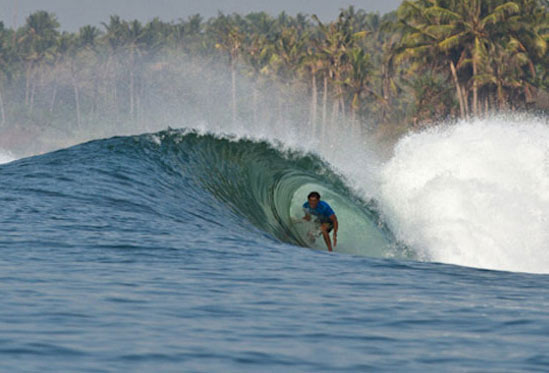
2. Keramas
Rice paddies give way to black sand, which in turn gives way to the Keramas, a new World Tour stop and barreling right-hander that will give any traveling surfer the thrill of a lifetime.
The wave was once surfed only by locals and those who knew of the wave’s barreling potential, but as is the story with all things in life, that didn’t last. The secret is out on Keramas and it is now becoming one of the most popular waves in all of Bali.
Bali is known for its picturesque lefts, but Keramas stands apart from the rest as a powerful right.
The wave appeals to experts and pros because of its deep barrel section, steep drops, and powerful face that often can bowl before it closes out, making it perfect for large maneuvers and even airs.
The wave breaks over sharp lava reef, so it is no place for beginners. Pro surfers frequent the lineup, making the break even more of an expert only wave.
The wave works best during a direct south swell during mid-morning when winds tend to be offshore.
3. Nusa Dua
Nusa Dua sits off Bali’s premier resort location. The area is mainly visited by traveling families and does not have the party feel of other popular areas of Bali.
Nusa Dua provides the most consistent right in all of Bali and has several peaks to choose from.
Nusa Dua is an absolute swell magnet. All swell in the surrounding area is sucked into the entrance of the nearby Lombok Strait and then bent onto the 2 kilometers of reef at Nusa Dua.
Unlike most waves in Bali, Nusa Dua is notoriously peaky. The long reef shelf produces an array of waves all the down its 2-kilometer stretch. Nusa Dua consists of several different waves each with its own defining characteristics.
For the most part, waves at Nusa Dua are powerful, heavy, with long sections of steep, carvable walls.
4. Sri Lanka
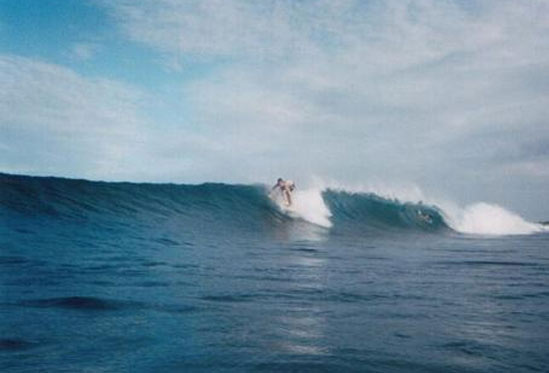 No, we’re not confused, we don’t mean the small teardrop-shaped country that sits below India in the warm, tropical Indian Ocean.
No, we’re not confused, we don’t mean the small teardrop-shaped country that sits below India in the warm, tropical Indian Ocean.
On the east coast of Bali, Sri Lanka is another stellar rainy season surf break.
Located near the before mentioned swell magnet, Nusa Dua, Sri Lanka is at its best when the swell is large enough to max out Nusa Dua.
During the right swell, the wave is a fast-breaking, barreling right that will leave you in awe. The wave breaks over sharp reef. For the best rides, take off late and grab rail.
Like many on this list, this wave is best for experienced surfers, intermediate to advanced.
5. Serangan

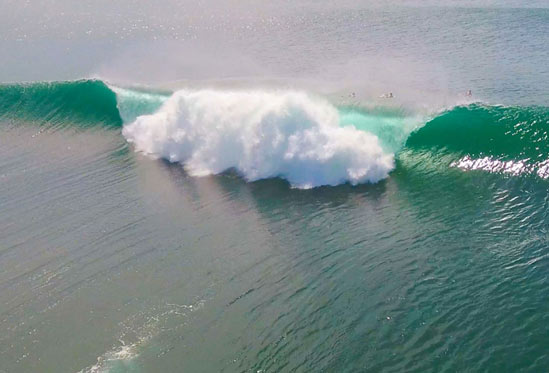 Serangan Island often referred to as turtle island for the number of sea turtle nest on the beaches, is located on Bali’s east coast.
Serangan Island often referred to as turtle island for the number of sea turtle nest on the beaches, is located on Bali’s east coast.
Like many breaks on this list, and in Bali, the wave at Serangan was once a secret, but now the beans have spilled.
The wave does draw a crowd because it is one of the most reliable breaks during the rainy season and always seems to have a wave regardless of the tide.
The wave a lot to offer. The A-frame peaks provide lefts and rights that break over a coral reef. There are three main peaks, each with a varying degree of difficulty. But, because of the reef seabed, this wave is an intermediate and advanced break.
This wave and Serengan island where once open to the public, however last year the hotel development on Serangan close the beach access and access to the Serangan surf spots is via boat access.
Makes surfing a bit more expensive, but the crowd numbers are a lot lower, expect to pay 100K IDR (6 USD) for a return boat ride, or 400K IDR for a private ‘boat’.
6. Sanur
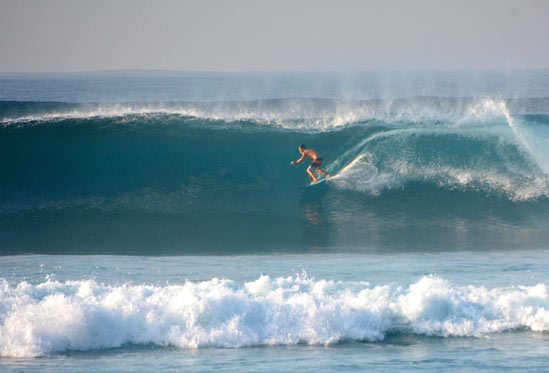 Surfing Sanur Bali
Surfing Sanur Bali
Sanur is an awesome right-hander for experienced surfers only since it breaks over a shallow and sharp reef. Paddle out from shore, but beware of the rips and currents and the fact that the waves is always bigger than what it appears to be when you look at it from the shore.
While the rainy season may drive away the typical tourist crowds, it should not deter the traveling surfer. During the rainy season, travelers will experience a whole new side to Bali that not all are privileged to see.
The lush vegetation, cooler temperatures, and east coast surf breaks will provide a welcomed change of pace for seasoned Bali travelers.
Bali’s Best Surf Spots
We have made a new Bali Surf spot list with all the major surf spots and characteristics of them, including pictures and surf videos.
Click on the Bali Surf map to the right to see our extensive list of surf spots in Bali.
Have any questions? Just shoot us an email from the contact us form page.
ABOUT SWELL BALI:
A New and purpose-built surf hotel in Bingin.
Swell Bali is opening in 2020 in Bingin as the premiere surf hotel in Bali.
Located 100 meter from the cliff edge at Bingin makes it the perfect surf resort for any surfer that wants to experience the best waves that the Bukit in Bali has to offer. Stylish accommodation with healthy breakfasts, centered around a large loft-style communal living room makes WaveHaven beachfront surf accommodation in Rote, Indonesia
